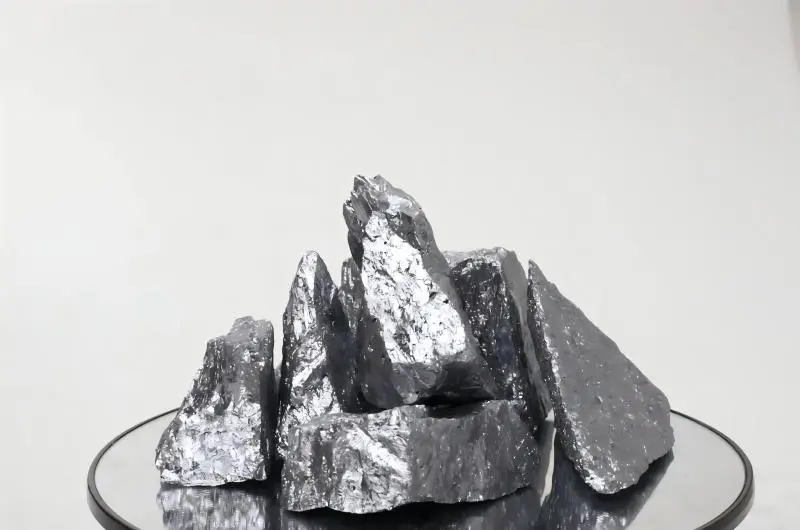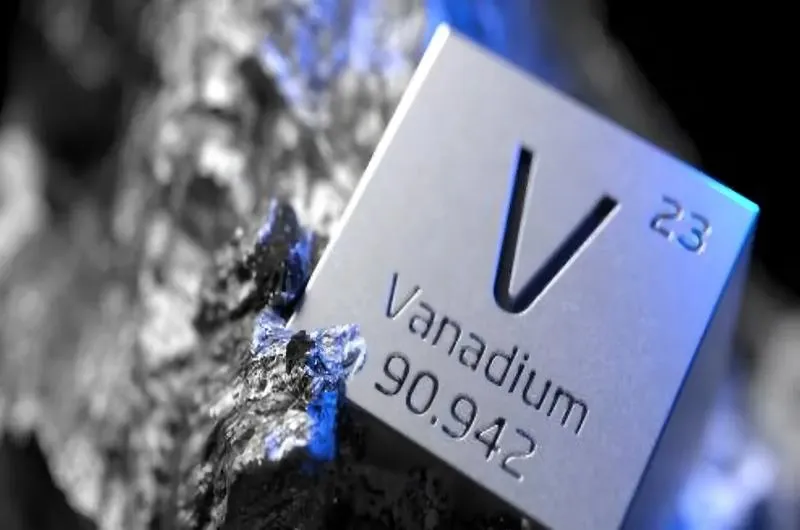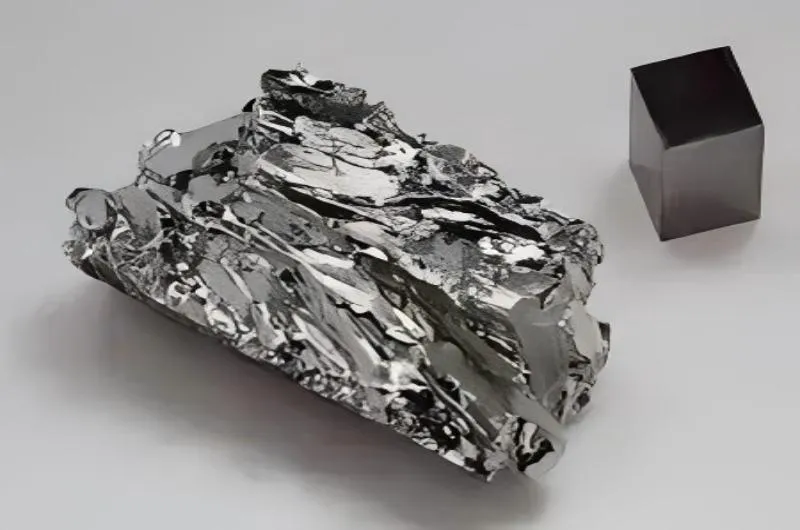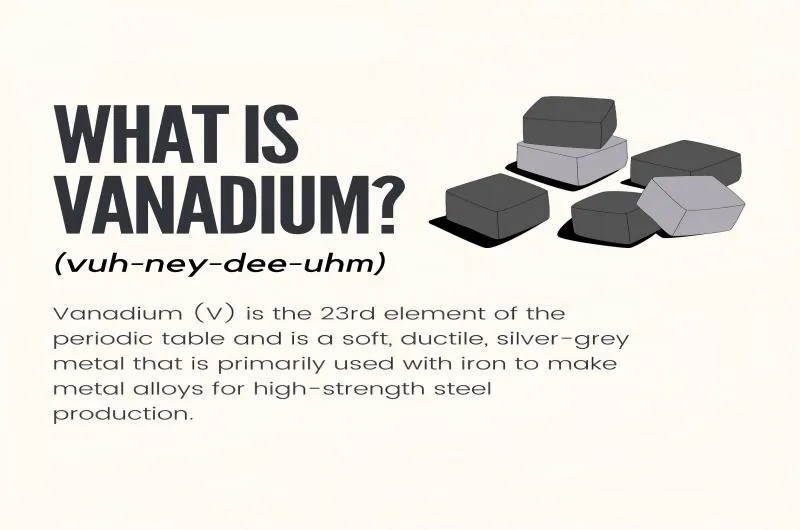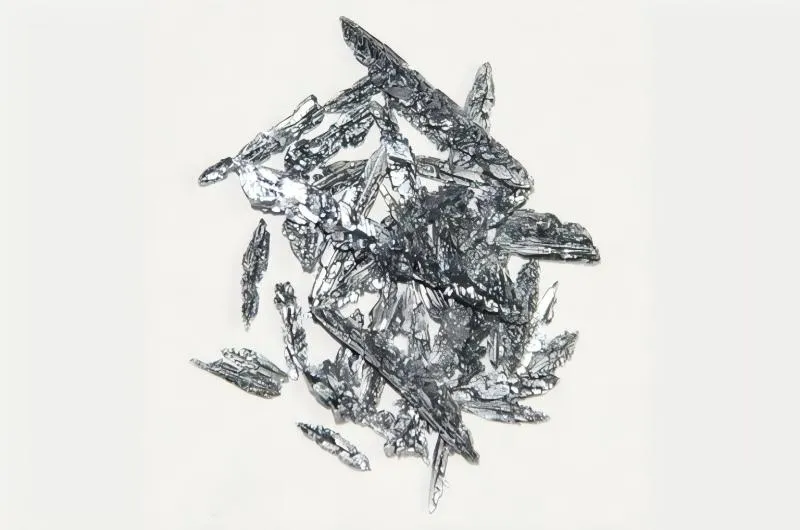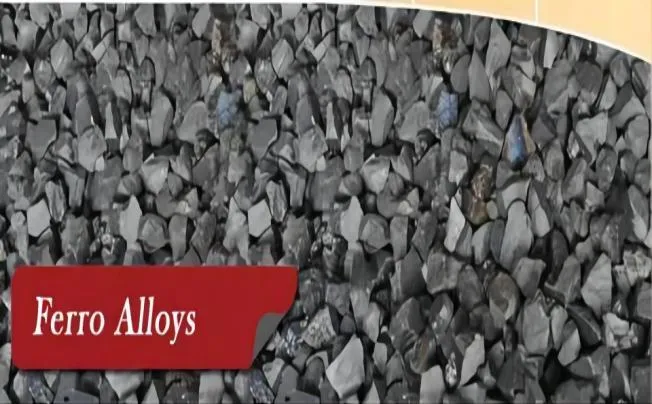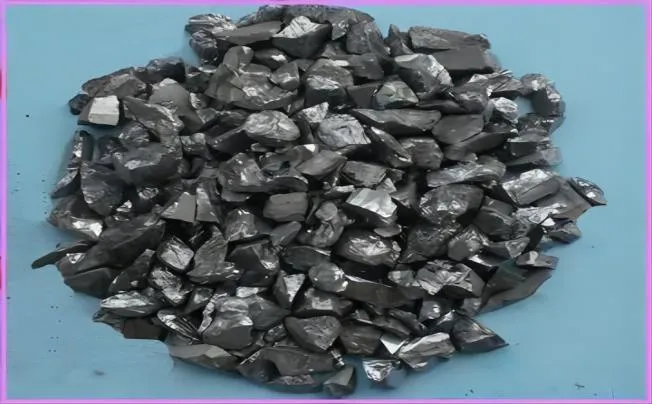BY  GENN
GENN
2024/09
Blog
Is Silicon Hard To Find?
Silicon, denoted by the chemical symbol Si, is an element that plays a pivotal role in numerous industries, making it a highly sought-after resource. As one of the most abundant elements on Earth, silicon holds significant importance due to its unique properties and versatile applications.
Natural Abundance of Silicon
Silicon is the Second Most Abundant Element in the Earth’s Crust
Silicon, with its atomic number 14 and symbol Si on the periodic table, holds a remarkable status as the second most prevalent element in the Earth’s crust, outranked only by oxygen. Comprising around 27.7% of the Earth’s crust by weight, silicon manifests itself in an array of forms and compounds that play pivotal roles in shaping our natural environment and technological advancements. Its abundance underscores its fundamental importance in various industries, from electronics to construction.
Presence of Silicon in Various Minerals Such as Quartz and Sand
One of the most familiar manifestations of silicon can be found in minerals like quartz and sand. Quartz, a crystalline form of silicon dioxide (SiO2), not only showcases the beauty of silicon through its intricate structure but also highlights its ubiquitous presence on our planet. Sand, which is predominantly composed of silica (silicon dioxide), serves as a testament to the widespread distribution of silicon-bearing materials across landscapes worldwide.
Through geological processes such as weathering and erosion, these minerals release silicon into soils and water bodies, contributing to their global circulation. The interplay between silicon and other elements within these minerals gives rise to diverse physical properties that have practical implications across industries.
Extraction of silicon
The Intricacies of Silicon Extraction
Silicon, despite being the second most abundant element in the Earth’s crust, requires a meticulous extraction process to obtain it in its purest form. One common method employed is the reduction of silica sand (SiO2) through a chemical reaction with carbon in an environment of extreme heat.
The first step involves grinding the silica sand into a fine powder, which is then mixed with powdered carbon, usually in the form of coke or coal. This mixture is carefully packed into a high-temperature furnace.
The Crucial Role of High-Temperature Furnaces
The high-temperature furnace plays a pivotal role in extracting silicon from silica sand, as it provides the optimal conditions for chemical reactions to occur. The furnace must reach temperatures as high as 2000 degrees Celsius (3632 degrees Fahrenheit), an environment where carbon can react with silica to produce silicon and carbon monoxide gas (CO).
This reaction is known as carbothermic reduction. During carbothermic reduction, the temperature inside the furnace must be precisely controlled to ensure that silicon is formed while minimizing impurities.
The carbon monoxide gas produced during this process readily escapes from the furnace due to its gaseous nature. On the other hand, molten silicon sinks to the bottom due to its higher density compared to other byproducts or impurities present.
Purification for Electronics and Solar Applications
While industrial methods can produce silicon through carbothermic reduction, further purification processes are necessary for specific applications such as electronics and solar panels. Impurities like iron and aluminum can negatively impact conductivity or efficiency if not removed entirely. To achieve higher purity levels required for these applications, several techniques are employed.
One common method involves dissolving impure silicon in acid or alkali solutions followed by recrystallization using specific solvents or seed crystals. This purification process helps obtain extremely pure polycrystalline or even single-crystal silicon necessary for electronic components and photovoltaic cells used in solar panels.
Global Distribution of Silicon Reserves
Major Countries in Silicon Production and Reserves
Silicon, a fundamental element in various industries, is primarily sourced from a handful of countries that dominate its production and reserves. Among these nations, China stands out as the leading producer of silicon, contributing significantly to the global supply chain. China’s abundant access to raw materials and advanced manufacturing capabilities have positioned it as a powerhouse in the silicon industry.
Following closely behind is Russia, known for its substantial silicon reserves, particularly in regions like Siberia and the Ural Mountains. The United States also plays a crucial role in silicon production, with states such as Washington and California hosting major silicon refineries.
Factors Influencing Availability and Accessibility
Several factors influence the availability and accessibility of silicon deposits worldwide, impacting the global market dynamics. Geopolitical considerations often play a significant role, with trade policies and international relations affecting the flow of silicon resources between countries. Economic factors such as labor costs, infrastructure development, and government regulations can also impact how readily available silicon is for extraction and production.
Environmental concerns regarding mining practices and sustainability measures further shape the availability of silicon deposits by influencing where companies can operate and how they must adhere to conservation guidelines. In addition to geopolitical and economic factors, technological advancements in mining techniques and refining processes have influenced how efficiently silicon reserves can be accessed worldwide.
Innovations in extraction methods have allowed for more precise identification of high-yield silicon deposits while minimizing environmental impact. Furthermore, research into alternative sources of silicon, such as recycling electronic waste or exploring unconventional natural sources like geothermal vents or volcanic activity zones, may provide future solutions to ensure a sustainable supply of this essential element for industries reliant on its properties.
Silicon Recycling and Sustainability
Importance of Recycling Electronic Waste to Recover Valuable Silicon Components
The increasing reliance on electronic devices in our modern society has led to a vast amount of electronic waste being generated each year. Within this e-waste, there lies a valuable resource – silicon.
As a key component in various electronic devices, including computer chips, solar panels, and transistors, silicon holds significant economic and environmental value. Recycling electronic waste not only helps to recover valuable silicon components but also reduces the environmental footprint associated with silicon extraction.
When electronics are not properly recycled or disposed of, they contribute to the accumulation of hazardous materials in landfills and pose potential risks to human health. By implementing effective recycling practices, we can recover silicon from discarded electronics and reintroduce it into the production cycle.
The process involves dismantling the devices, separating different components, and isolating the silicon-containing parts for further processing. Through advanced techniques such as thermal or chemical treatment, the recovered silicon can be refined and reused in new electronic products.
Innovations in Sustainable Practices for Reusing and Repurposing Silicon Materials
In recent years, innovative approaches have emerged that focus on reusing and repurposing silicon materials to maximize their lifespan while minimizing waste generation. One such practice involves refurbishing old electronics by repairing or upgrading their components instead of discarding them entirely. This not only extends the useful life of these devices but also reduces the demand for new silicon-based products.
Furthermore, researchers have been exploring alternative applications for recycled silicon materials beyond traditional electronics. For instance, studies have shown that processed recycled silicon can be used as an additive in concrete production, enhancing its strength and durability while reducing carbon emissions associated with cement manufacturing.
Another promising avenue is exploring biodegradable or compostable materials infused with recycled silicon particles. This combination could lead to sustainable packaging solutions that reduce plastic waste while incorporating beneficial properties offered by silicone-based materials.
By embracing such sustainable practices for reusing and repurposing silicone materials innovatively, we can significantly reduce our dependence on virgin resources while promoting circular economy principles across industries.




